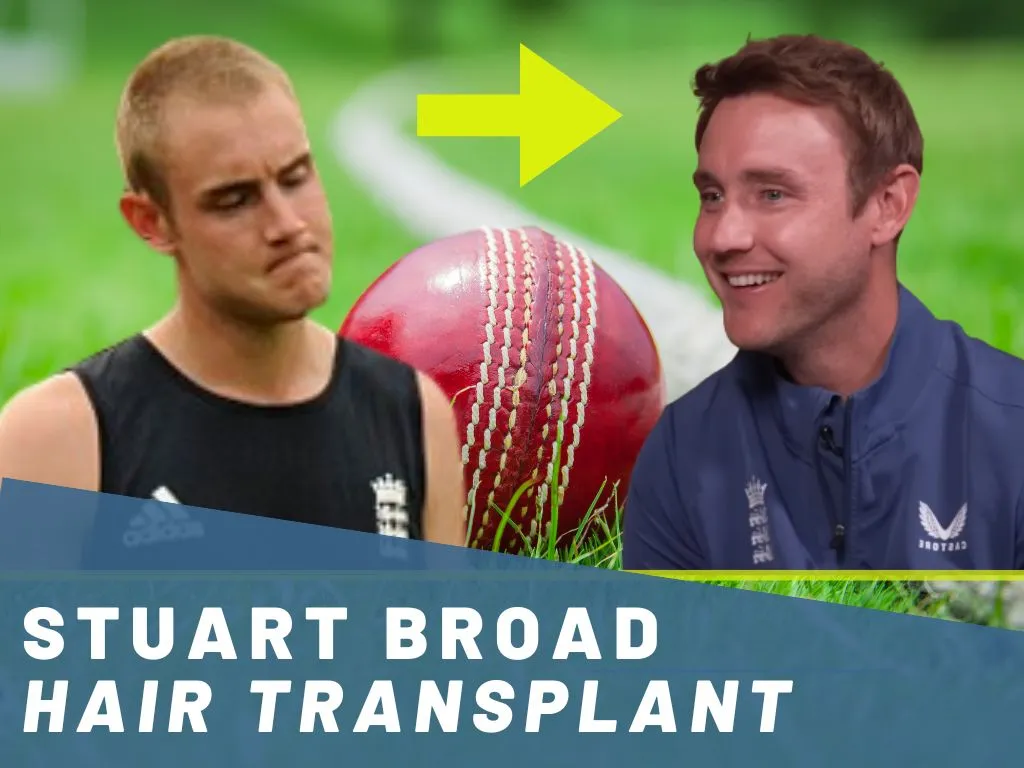Stuart Broad Hair Transplant
Introduction to Stuart Broad’s Hair Restoration Journey
England fast bowler Stuart Broad is renowned for his cricketing prowess—and recently, for his refreshed, fuller hairline. In this article, we delve into the world of modern hair transplant techniques, exploring why Stuart chose this solution and what it means for men seeking natural-looking results.
Why Choose a Hair Transplant Like Stuart Broad?
Understanding Male Pattern Baldness
Male pattern baldness affects up to 50% of men by age 50. Hormonal changes and genetics lead to thinning at the crown and receding hairlines—a journey Stuart Broad himself experienced.
Benefits of Modern Hair Transplants
- Permanent, natural-looking results
- Minimal scarring with FUE (Follicular Unit Extraction)
- High graft survival rates
- Quick recovery and return to daily activities
Types of Hair Transplant Procedures
FUT (Follicular Unit Transplantation)
FUT involves removing a thin strip of scalp, dissecting it into individual follicular units, and implanting them into the balding area. It’s cost-effective but may leave a linear scar.
FUE (Follicular Unit Extraction)
FUE harvests follicles one by one, leaving tiny dot scars that are virtually undetectable. This was likely the method Stuart Broad chose for discreet, natural results.
Stuart Broad’s Hair Transplant: The Procedure Explained
Consultation & Planning
A personalized plan assesses donor density, hair characteristics, and facial proportions to design a natural hairline tailored to Stuart’s features.
Surgical Day
Under local anesthesia, technicians extract and implant up to 2,000 grafts over 6–8 hours. Pain is minimal, and most patients listen to music or watch TV during the process.
Recovery and Aftercare Tips
First Week
Expect mild swelling and tiny scabs at graft sites. Stuart would have been advised to sleep with his head elevated and avoid strenuous activity.
Months 2–6: Growth Phase
Transplanted hairs shed at 2–4 weeks, then regrow thicker. By month 6, Stuart would have seen significant density improvements.
Long-Term Results
Final results appear around 12–15 months post-op. Proper sunscreen, gentle shampoos, and occasional PRP (Platelet-Rich Plasma) boosters help maintain fullness.
Is a Hair Transplant Right for You?
If you’re experiencing male pattern hair loss and seek a permanent, natural solution—just like Stuart Broad—you may be an ideal candidate. Consult a board-certified surgeon to discuss expectations, costs, and recovery.
Conclusion
Stuart Broad’s refreshed hairline showcases the power of modern hair transplant techniques. With careful planning, expert execution, and proper aftercare, you too can achieve a fuller, natural-looking hairline that boosts confidence on and off the pitch.

